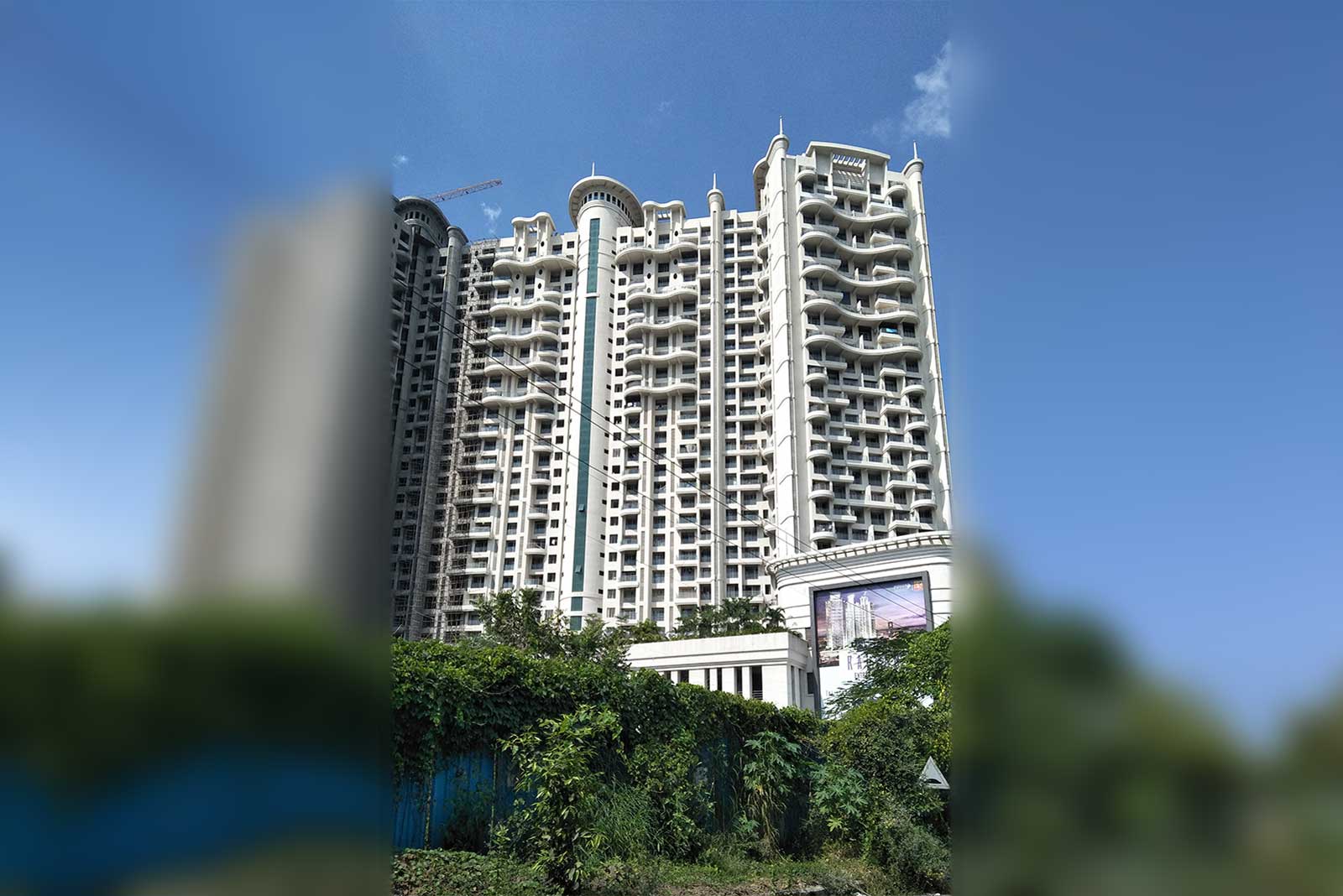Leaders weigh in on the RBI’s 25-BPS rate cut expected to boost real estate development along with demand for VT.
There is a phrase, “When it rains it pours,” and that is usually interpreted to mean that bad incidents will be followed by something even worse. However, in a country where unseasonal rainfall has been more of a norm than an exception during this financial year, the oft-repeated phrase was, for once, applied as a positive reference. After keeping repo rates unchanged for a long, long time, the Reserve Bank of India (RBI) finally decided to switch gears while announcing its sixth bi-monthly monetary policy for FY25 on February 7.
The Monetary Policy Committee (MPC), led by Governor Sanjay Malhotra, in his first monetary policy review, announced a 25-basis point (BPS) rate cut to bring down the benchmark repo rate to 6.25% — a first in five years. While this was good news in itself, expectations have been raised that, after a couple of reviews, one could perhaps look forward to more such rate cuts down the line.
Commenting on this announcement, Anuj Puri, chairman, ANAROCK Group, said:
“In terms of the impact on the housing sector of the RBI’s decision to reduce the repo rates by 25 bps, this piggybacks on the recent taxation benefits announced in the Union Budget. As such, it is undeniably a major boost to homebuyers, particularly for affordable housing buyers. Many first-time homebuyers who had been hesitating to take the plunge are likely to make their move now as home loan rates will reduce — as long as banks pass on the key benefits to buyers.
“This dovetails well with recent trends in the housing market, which continues to see strong momentum. Reduced home loan rates can help the overall positive consumer sentiment. Given that housing prices have risen across the top seven cities in the last one year, this breather is welcome and timely. As per ANAROCK Research, 2024 saw average housing prices rise by anywhere between 13-30% in the top seven cities, with the National Capital Region (NCR) recording the highest 30% jump. The average prices in the top seven cities collectively stood at approximately INR 7,080 per square foot at 2023-end; while at 2024-end, it increased to approximately INR 8,590 per square foot — a collective increase of 21% annually.
“Commercial real estate, especially office spaces, can also benefit from lower borrowing costs for businesses, and lower rates also make Real Estate Investment Trusts (REITs) more appealing since investors look for stable returns in a falling interest rate environment. That said, the rate cut may be less effective by rising property prices if inflation remains as high as it is now. Also, it remains to be seen if banks pass on the full benefit to borrowers in a timely and seamless manner.”
Anantharam Varayur, co-founder, Manasum Senior Living, said:
“This reduction will lead to lower borrowing costs for developers, which can be passed on to customers, making senior housing more affordable and attractive. Additionally, lower interest rates can also increase demand for senior housing, as retirees may find it more feasible to invest in their dream homes. We’re optimistic that this move will boost the senior housing sector and provide more affordable and luxurious living options for our seniors.”
Nitesh Kumar, managing director (MD) & CEO, Emami Realty, emphasized:
“The RBI’s decision to cut the repo rate by 25 bps is a welcome move that will significantly boost economic growth and enhance market sentiment. This rate cut will lower borrowing costs, making it easier for businesses to access capital and invest in expansion projects. For the real estate sector, this reduction in interest rates is particularly beneficial as it will stimulate demand for housing and commercial properties. We believe this step will contribute to a more robust and resilient economy, fostering a positive environment for both businesses and consumers.”
Nishant Deshmukh, founder and Managing Partner, Sugee Group, pointed out:
“The RBI’s repo rate cut after a prolonged pause is a much-needed breather for the real estate sector, particularly in the premium and mid-segment housing categories. The reduced interest rates will lower borrowing costs for homebuyers, thereby increasing demand. While this is a positive development, we urge financial institutions to expedite the transmission of this rate cut to ensure that the benefits reach the end- users seamlessly. The real estate market has been witnessing strong momentum, and this policy move will provide an added boost to the sector’s growth trajectory.”
Kuldeep Jain, founder & CEO, Build Capital, said:
“The rate cut by RBI will ease financing costs for homebuyers while enabling developers to secure funding at better terms. This move will improve cash flow, boost liquidity and support early- stage real estate funding. With borrowing costs reducing, we hope this signals a more accommodative stance, further driving growth in the housing sector.”
Vikas Sutaria, founder, Irah Lifespace, termed the repo rate cut as a positive move for the real estate industry, especially for segments like luxury and second homes, where affordability plays a key role in decision-making, adding:
“With lower Equated Monthly Installments (EMIs), we anticipate an increased appetite among buyers, particularly in aspirational markets such as Alibaug and Lonavala, which have witnessed strong demand for luxury homes. We look forward to banks and financial institutions ensuring quick transmission of this benefit to homebuyers, which will sustain the sector’s momentum.”
Samyak Jain, director, Siddha Group, underlined:
“The real estate sector has been anticipating a rate cut, and this announcement by RBI is a step in the right direction. Lowering the repo rate makes home loans more attractive for buyers, especially first-time homebuyers who rely on financing. The impact of this move will be felt across all housing segments, with increased affordability and improved liquidity in the market. We expect this to accelerate decision-making for prospective buyers and further fuel the demand for housing.”
Govind Krishnan Muthukumar, MD & co-founder, Tridhaatu Realty, described the rate cut as a relief for homebuyers and developers who have been navigating a high-interest-rate environment, adding:
“The impact of a lower repo rate will not only be seen in reduced home loan EMIs but also in enhanced consumer sentiment, encouraging more people to invest in real estate. Additionally, for developers, this could translate into lower project financing costs, which will help manage input costs effectively. We expect banks to pass on the benefits quickly to maximize the impact of this positive policy move.”
Abhishek Jain, chief operating officer, Satellite Developers Pvt. Ltd. (SDPL), said:
“The repo rate cut by 25 bps is a welcome move that will benefit both homebuyers and developers. Reduced lending rates will encourage fence-sitters to take the plunge into home ownership, thereby increasing demand. At the same time, developers will gain from better financing terms, which will help in maintaining healthy cash flow and timely project execution. We anticipate this rate cut will have a cascading effect on the sector, leading to sustained momentum in residential sales.”
With the future of the vertical-transportation (VT) industry inexorably linked with that of real estate, the announcement is sure to have been received with big smiles from its key players, as well.
Get more of Elevator World. Sign up for our free e-newsletter.










